I am running a workshop where one of the tasks of the participants is to formulate a statement around their Vision. I wanted to reach out to the Miro Community to see how others are doing it.
This is a simplified summary of my approach:
1. I ask them to fill out a survey where they each are to describe their Vision.
2. I invite them to the board where they get 3 dot-votes to vote on the contributions they think are the best (if it is a 10 people team, there will be 10 formulated Vision Statements to vote on).
3. I ask them to look at the results from the vote, and describe the Vision with 1 word only. This creates 10 words which all are probably very important to the Vision.
4. Filled with insights (hopefully) from the vote and the 10 words, I ask them to come up with an updated version of the Vision Statement using the 1-2-4-All tecnhique.
I feel that this creates a lot of engagement during the process, but sometimes people are not ending up with a conclusion they hoped for / feel content with the end result.
I also try to avoid that the process relies too much on discussion since this creates a lot of biases (HIPPO syndrome) but I experience that the discussions are valeuable, so I have a bit of a hard time balancing.
Have you experience of similar exercises where the task is to get distributed team to reach a consensus around a specific formulation? How do you approach it?
How to form a Vision Statement using Miro
Enter your E-mail address. We'll send you an e-mail with instructions to reset your password.





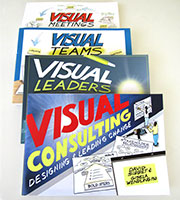
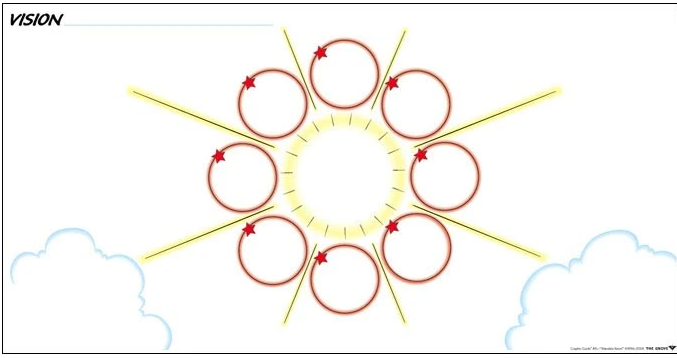

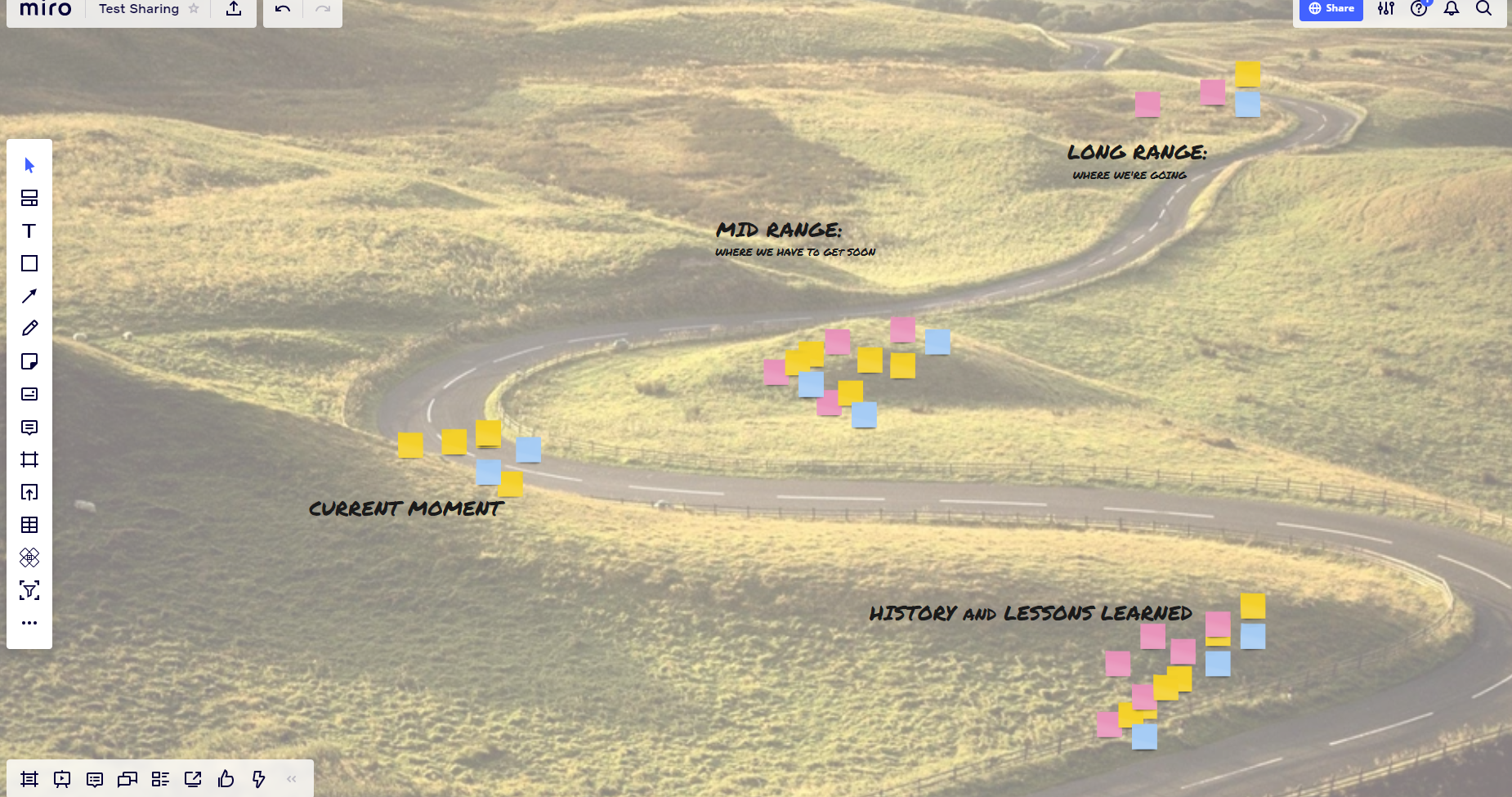
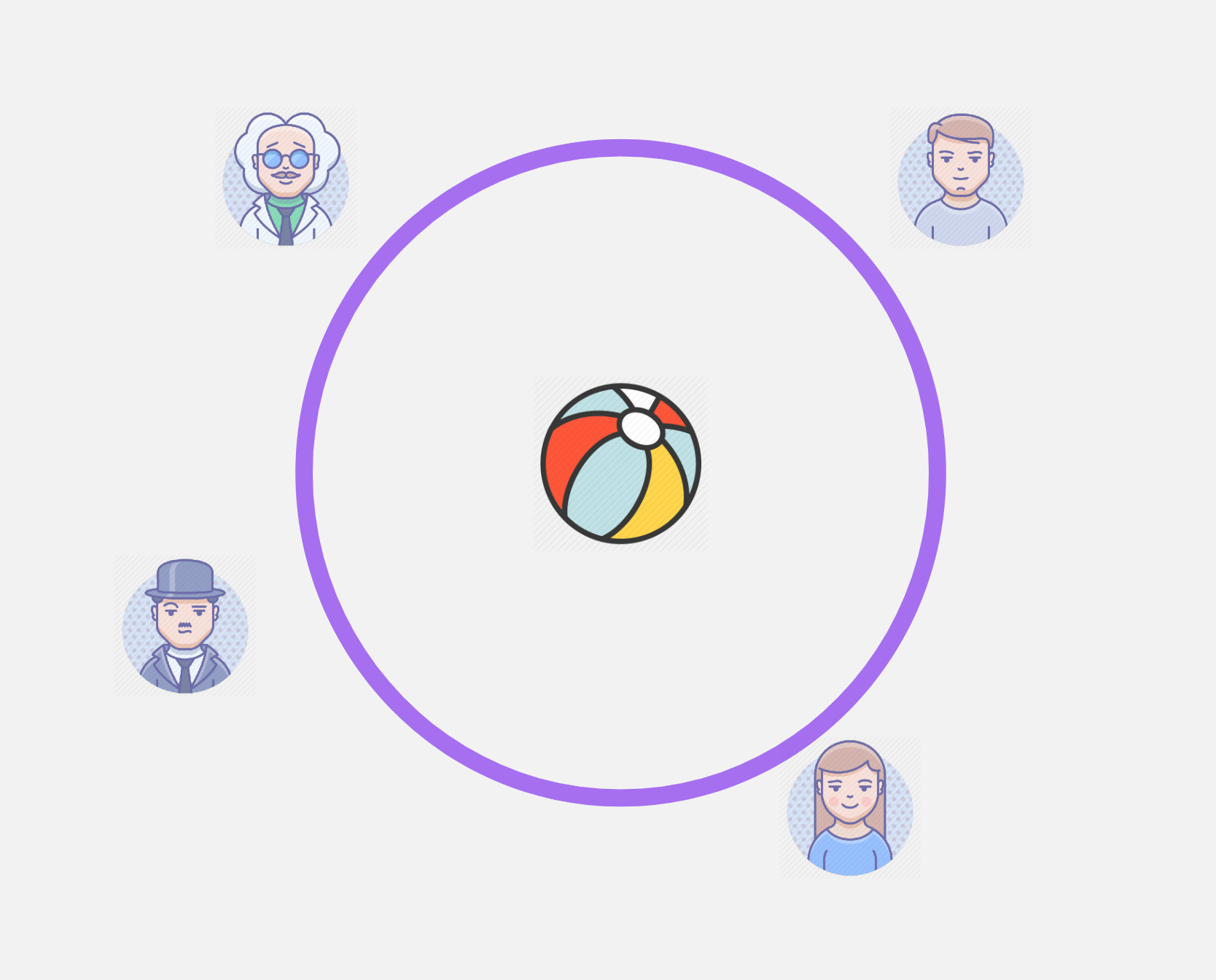
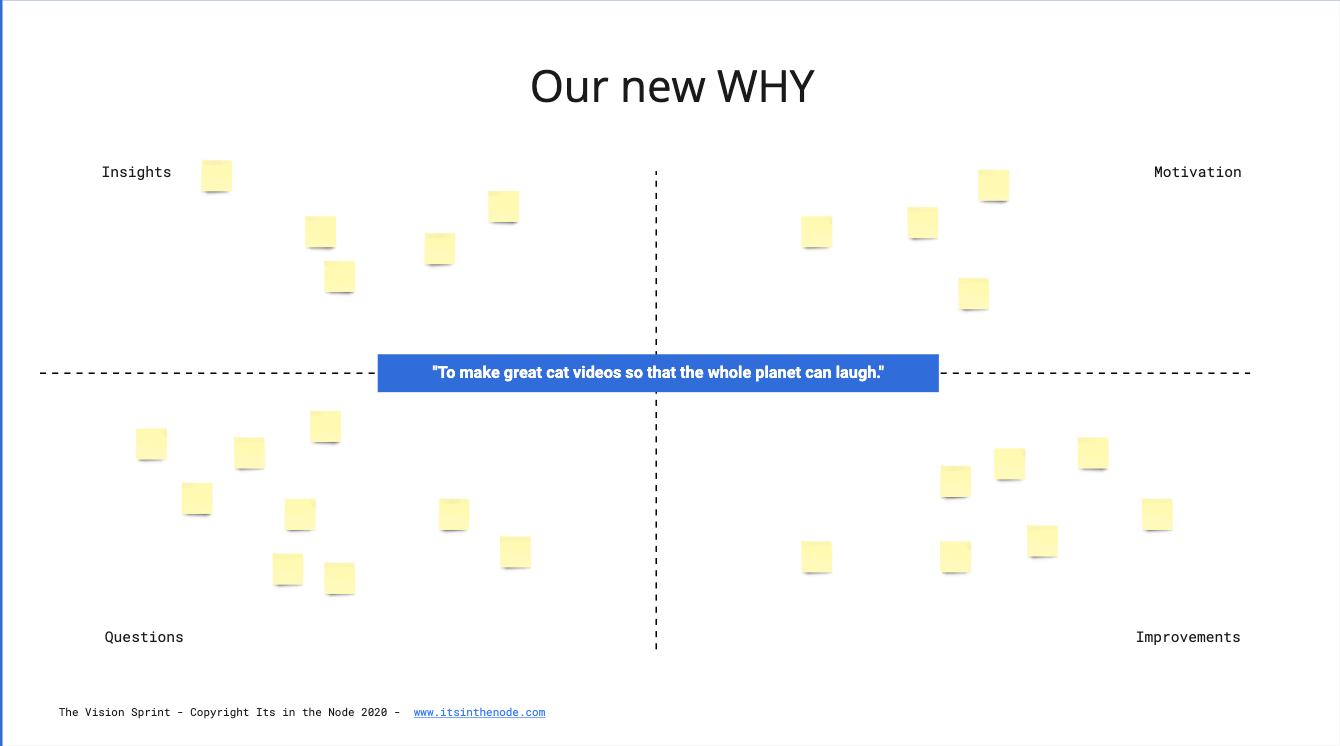
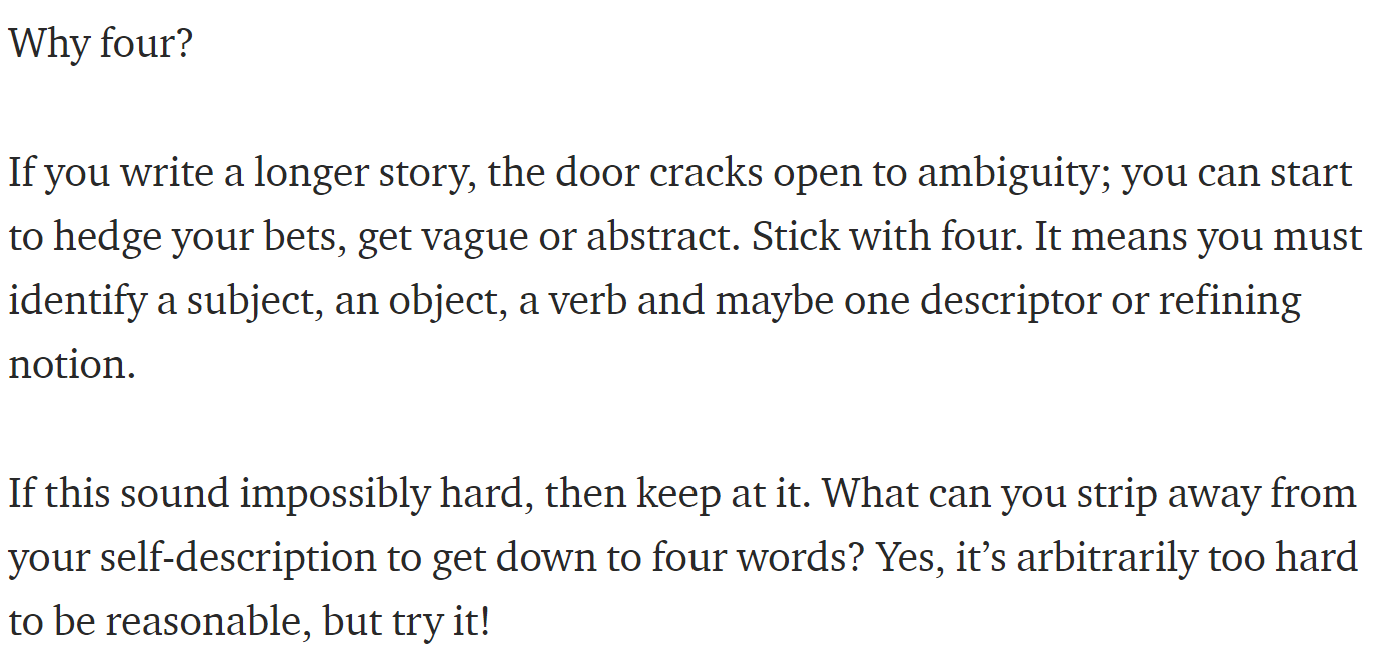
 )
)